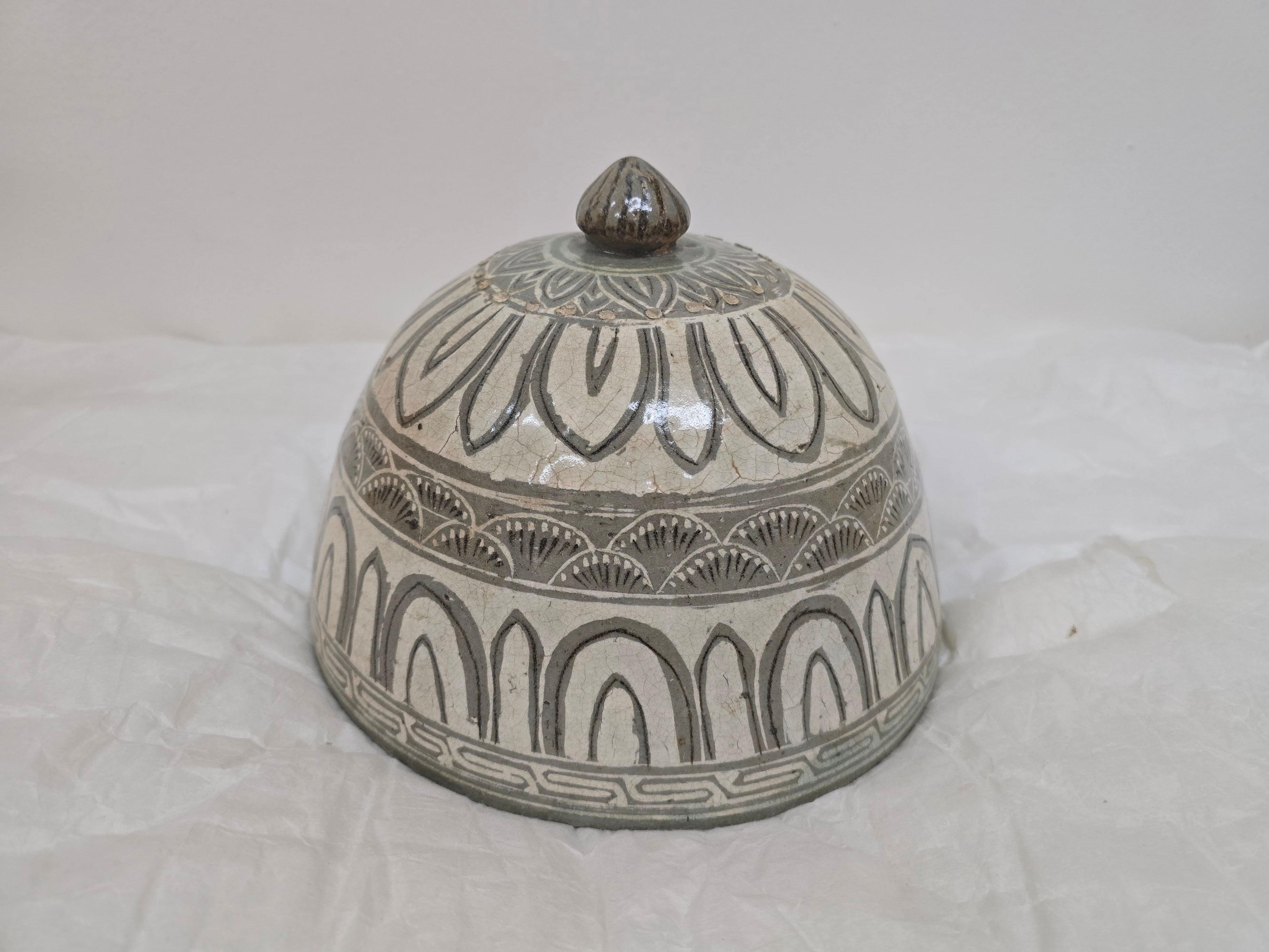
A unique festival offering a deep dive into the heritage of Buncheong ceramics is set to take place in Gimhae, South Gyeongsang Province. Known as the birthplace of this distinctive pottery style, Gimhae will host the "30th Gimhae Buncheong Ceramics Festival" from the 4th to the 9th of next month at the Clayarch Gimhae Museum of Art and the Gimhae Buncheong Ceramics Museum area.
This year’s event marks a significant milestone, celebrating three decades of cultural celebration. The theme, "The Time of Buncheong, Meeting Sejong," highlights the historical connection between Buncheong ceramics and King Sejong, the revered ruler of the Joseon Dynasty. To align with this theme, a special exhibition titled King Sejong’s Ja, Child Tae, Placenta Jar has been curated.
Taehangari are traditional jars that held the placenta and umbilical cord of royal infants during the Joseon era. These artifacts symbolize hopes for the child's well-being and the prosperity of the nation. This year’s festival will showcase four notable items, including the Taehangari containing the placenta of King Sejong’s sixth son, Prince Hwihui, a Buncheong ceramics bowl, and the lid of the Taehangari of Danjong, King Sejong’s grandson. All these items are currently housed at the National Daegu Museum.

Although not officially designated as national treasures, these artifacts are considered invaluable relics that provide insight into the form of Buncheong ceramics from the early 15th century. The city of Gimhae arranged for the safe transport of these items from the National Daegu Museum on the 12th, using specialized packaging and vibration-free vehicles to ensure their protection.
Kang Young-soo, a curator at the Gimhae Buncheong Ceramics Museum, explained, "Buncheong ceramics represent a transitional period before the decline of Goryeo celadon and the rise of Joseon white porcelain. They reached their peak during King Sejong’s reign." He added that the Taehangari jars featured in the exhibition are also made of Buncheong ceramics, not white porcelain.
In addition to the special exhibition, the festival will also display works from the 16th Korea Buncheong Ceramics Grand Exhibition and the 17th Gyeongnam Teabowl Contest. These displays highlight the modern evolution of Buncheong ceramics while maintaining its traditional roots.
To commemorate the 30th anniversary, the festival will feature a Sagijang (Potter) Parade during the opening ceremony. This event celebrates the potters who have contributed to the festival over the years. According to Gimhae City, approximately 120 potters are active in the region, with around 40 expected to participate in the parade.
Performance stages featuring the Joseon Wandering Theater Group and busking artists will add to the lively atmosphere. Visitors can also engage in experiential programs such as making Taehangari jars and enjoying traditional Korean snacks like Sottek Sottek.
Collaborative programs have also drawn attention. These include a raw fish soup tasting event by Pohang City, which is striving to be recognized as a UNESCO Creative City of Gastronomy. Exhibitions of crafts from UNESCO Creative Cities of Crafts and Folk Art, including Gimhae, Jinju, and Icheon, will also be on display. Additionally, the Cultural City Center’s Handmade Festa and a collaborative store between World Barista Champion roastery brands and local potters will offer unique experiences.
Expanding the festival space to the entire museum and Clayarch site, as done last year, has created more spacious viewing routes. A QR waiting system has also been introduced at experiential booths that previously had long lines, improving the overall visitor experience.
A representative from Gimhae City stated, "The 30th Gimhae Buncheong Ceramics Festival will be a new form of festival that blends digital elements and modern sensibilities while preserving the identity of traditional ceramic culture. It is a project created together by citizens and potters."
Buncheong ceramics are a unique form of Korean pottery, characterized by coating Goryeo celadon clay with white slip and firing it during the early Joseon Dynasty. Kiln sites from this period have been discovered in Sangdong and Gusan-dong, Gimhae. The country’s only Buncheong Ceramics Museum is also located in the area, further emphasizing the significance of this art form.



0 Komentar